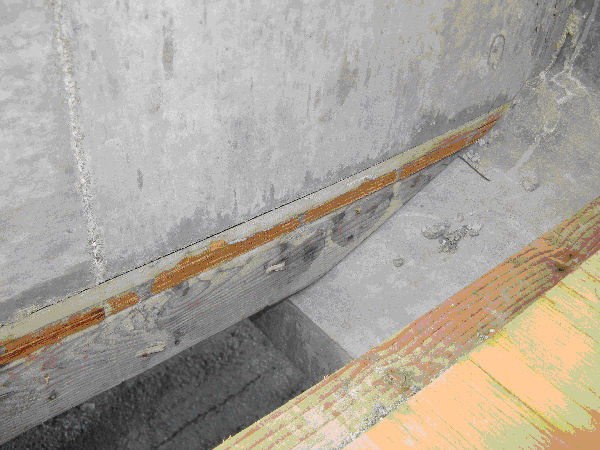
This design memorandum describes WSDOT policies for use of intermediate diaphragms for I-shape and deck bulb tee prestressed concrete girder bridges. This memorandum incorporates recommendations from the TRAC Report WA-RD 696.1 titled "Effect of Intermediate Diaphragms to Prestressed Concrete Bridge Girders in Over-Height Truck Impacts” completed on April 2008 by the Washington State University. The use of intermediate diaphragms for I-shape and deck bulb tee prestressed concrete girder bridges shall be as follows:
This memorandum is primarily for the new bridges. Bridge widenings should be considered on the case-by-case basis depending on the width of the widening and number of added girders.
The recent TRAC Report WA-RD 696.1 completed on April 2008 by the Washington state university, studied the Effect of Intermediate Diaphragms to Prestressed Concrete Bridge Girders in Over-Height Truck Impacts utilizing a quasi-static and explicit dynamic numerical finite element analyses of prestressed concrete girder bridges with and without intermediate diaphragms subjected to over height load impacts. The scope of the project was to study the resistance of I-shape prestressed concrete girders to over height load impacts considering the following parameters:
cc: Mohammad Sheikhizadeh, Bridge Construction - 47354
Construction of Full Depth Intermediate Diaphragm Form
|


